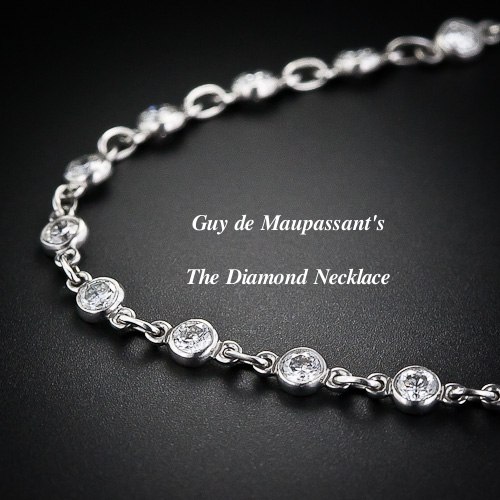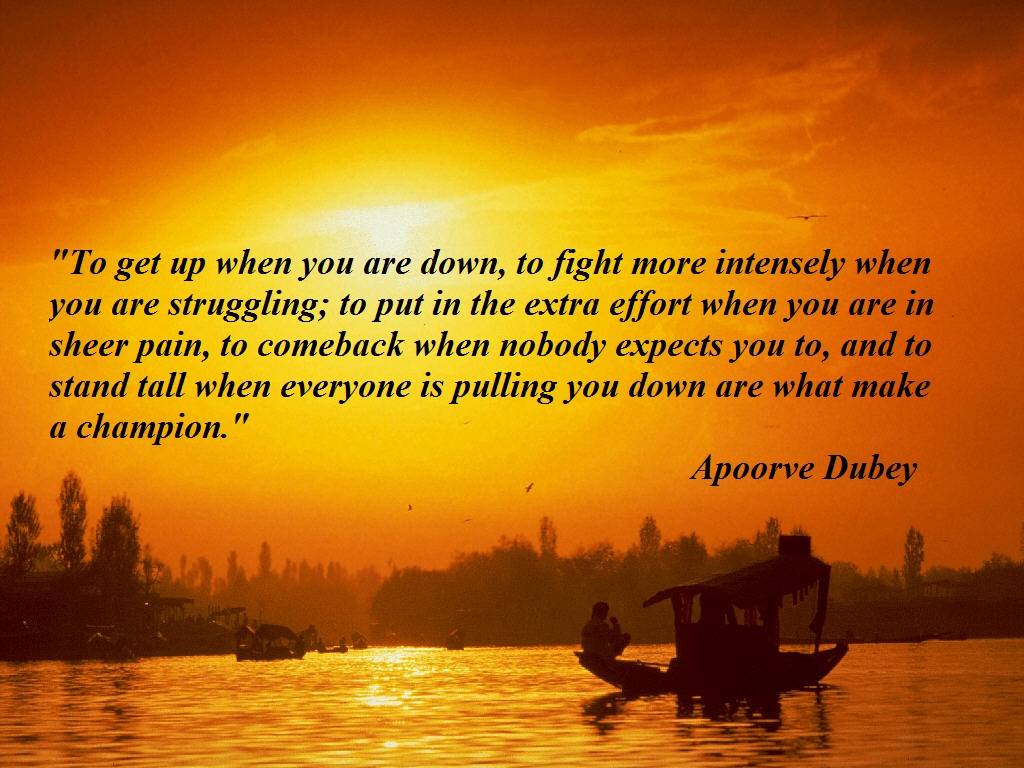- Written by Hemadarshini ENG
- Hits: 4300
Pinkerton Lecture : 21 Nov. 2011 @ Infosys, Bangalore
“PINKERTON LECTURE 2011 – INTERNET FOR ALL: WHAT ARE THE BARRIERS?”
IET—formed in March 2006 by a merger of the Institution of Electrical Engineers (IEE) and the Institution of Incorporated Engineers (IIE), is now the most sought after group by all. With more than 150,000 members worldwide in 127 countries, the vision and mission of IET is: “sharing and advancing knowledge throughout the global science, engineering and technology community to enhance people’s lives around the world; and also to build an open, flexible and global knowledge network supported by individuals, companies and institutions and facilitated by the IET and its members.”
IET has spread its wings across five massive cities in India: Bengaluru, Delhi, Kolkata, Mumbai, and Chennai. We, Vickram College of Engineering, are proud to identify ourselves with IET as its recently joined member. As our maiden meeting with IET, eight of our I yr. students—Bharath R., ECE; Manulal O., MECH; Mohamed Sulaiman A., CIVIL; Karthik R., MECH; Sakthisunpandy T., EEE; Vigneshwari V., ECE; Merlin Sneha E., ECE; and Padma Priya V.S., ECE—with three faculty members—Mr. Krishnan M.S., Prof., ECE; Mr. Uma Maheswaran, S., Asst. Prof., CSE; and Ms. Hemadarshini G.B., Lect., ENGLISH—attended the “Pinkerton Lecture 2011” held at Infosys Limited, Bengaluru on 21 Nov. '11, Monday. Dr. Mike Short, President, VP of Public Affairs, Telefonica Europe, presided over this meet. With an experience of 37yrs in the Electronic & Telecommunication Engineering, and 24yrs in Mobile Communication, Dr. Short received his honorary doctorate for his incredible services towards mobile industry in 2008. Dr. Mike Short spoke about the myriad sources of innovation and future growth within the ICT sector. The crux of Dr. Short’s lecture is given below—
Dr. Short began his speech with an instance that exemplified the advancement of technology: it was between the 29th July and 14 Aug. 1948, the first telecast of filmed Olympics and the introduction of Paraolympics were made public. The above, he considers as a remarkable mark in the field of electronics and communication through media. In his words, the financial services and transactions will be made much easier in the upcoming digital era with the vitality, necessity, and application of science and communication. While taking into account of the world's mobile connections, India and China has already crossed over one billion connections. It is indeed hoped that by 2012, India would victoriously overtake China in its expansion of network.
Smart phones are the recent innovational evidence of technology; amongst all the brands that has been successful in creating them, Nokia is in the forefront, followed by Samsung, HTC, LG,Apple etc. It is believed that by 2012, 55% of smart phone users will be found in UK. Mozilla Seabird: this might possibly be the brand that tops all other mobiles in a quick span of time. The features of Mozilla Seabird is incredible—it has got wireless charging, Bluetooth headset, haptic clicking, pan & zoom in 3D space, IR Touchpad area and so on that one would be awestruck at!
“Embedded smart phones will allow for remote management
of operator credentials while retaining the 'physical entity'
to ensure maximum security”, says Dr. Mike.
There are three waves of communication: while the first one connected people, the second one connected world, and the last one drew us to the internet world. In just around the corner, three quarters of men will not leave home without smart phones; by 2013, more phones will be used than PC's; and 50% of Americans will own private smart phones by the end of 2011. There will be a massive progress in the power of network—6 billion by 2011, 15 billion by 2020, 500 million HSPA Mobile Broadband Connections, 21 Commercials, and 206 planned LTE Network services.
To sum up the entire talk, smart phones will be used in e-health, productivity, integral patient centric services, and remote patient monitoring. To put it in a nut shell, smart phones are in the bag and will rule the world in no time!
On our students’ comment apart from gratitude, the lecture was highly technical and covered with facts. They felt elated on being taken to their dream company, and sensed the scholarly and professional vibe in them. Also, the atmosphere and the culture pursued at Infosys was regarded incredible and chanceless—the moment we entered the gates of Infosys, English was in the air: right from the watchman to the higher official. If there be one unanimous wish amongst students, it would be this: the same culture prevailing there could be brought in our soil too!
.jpg)


